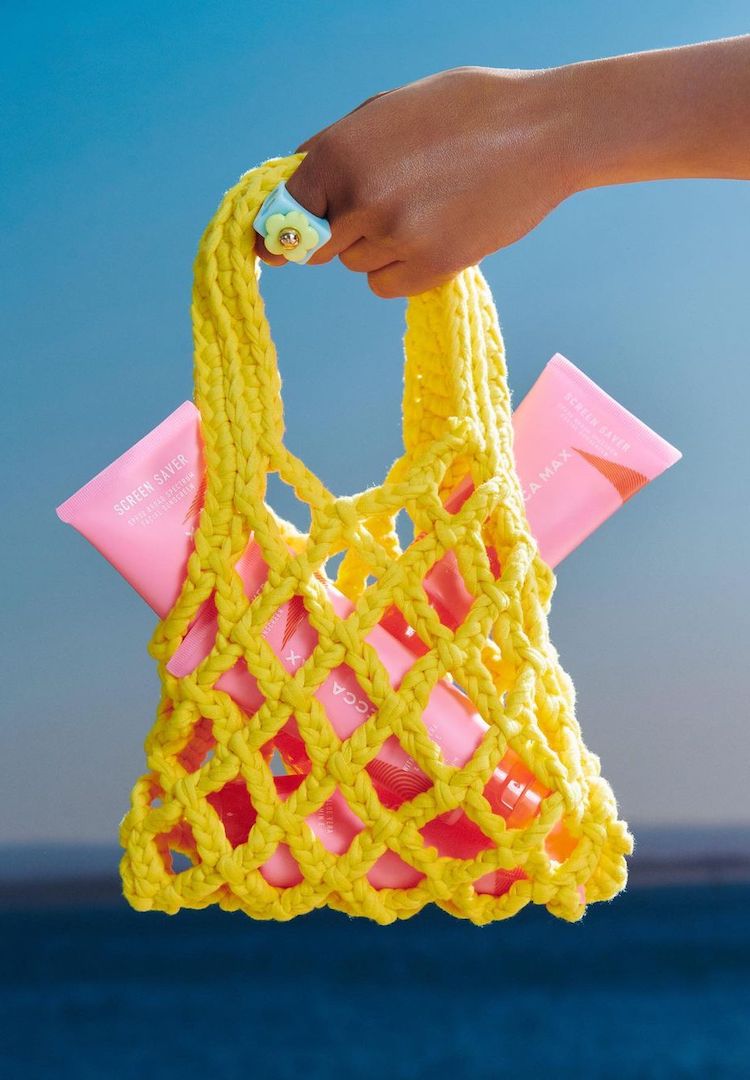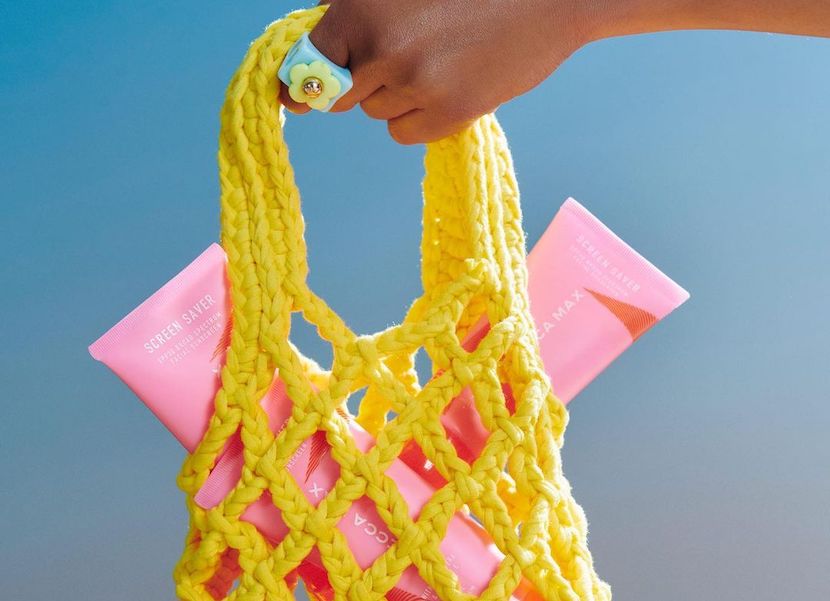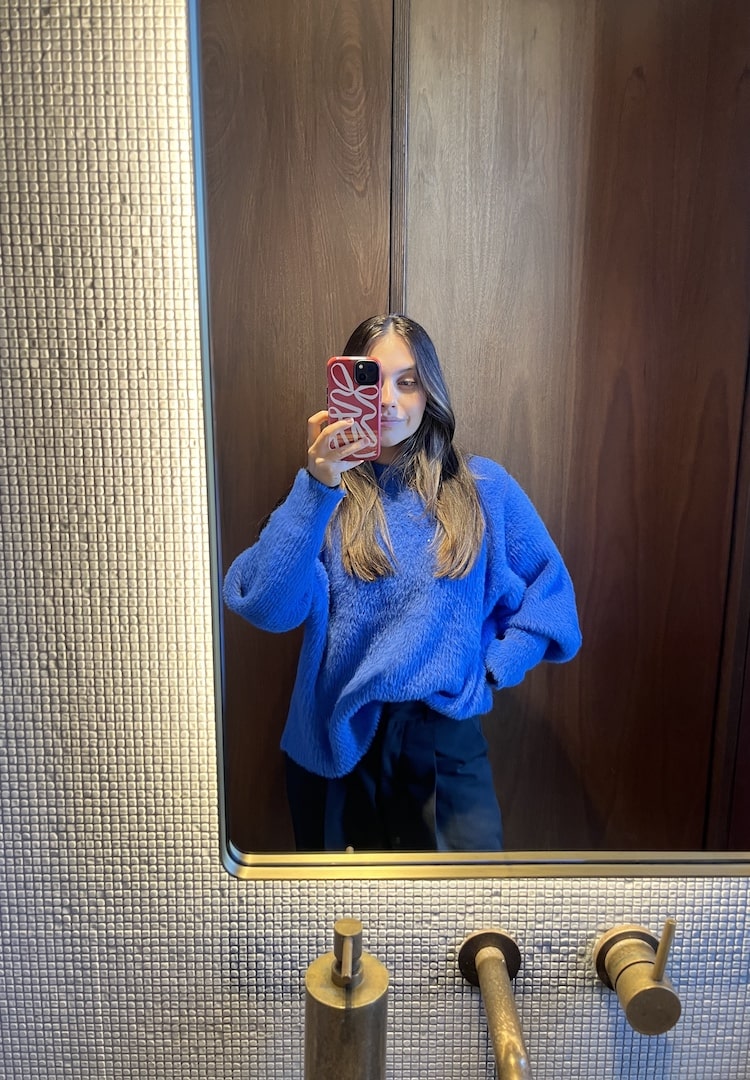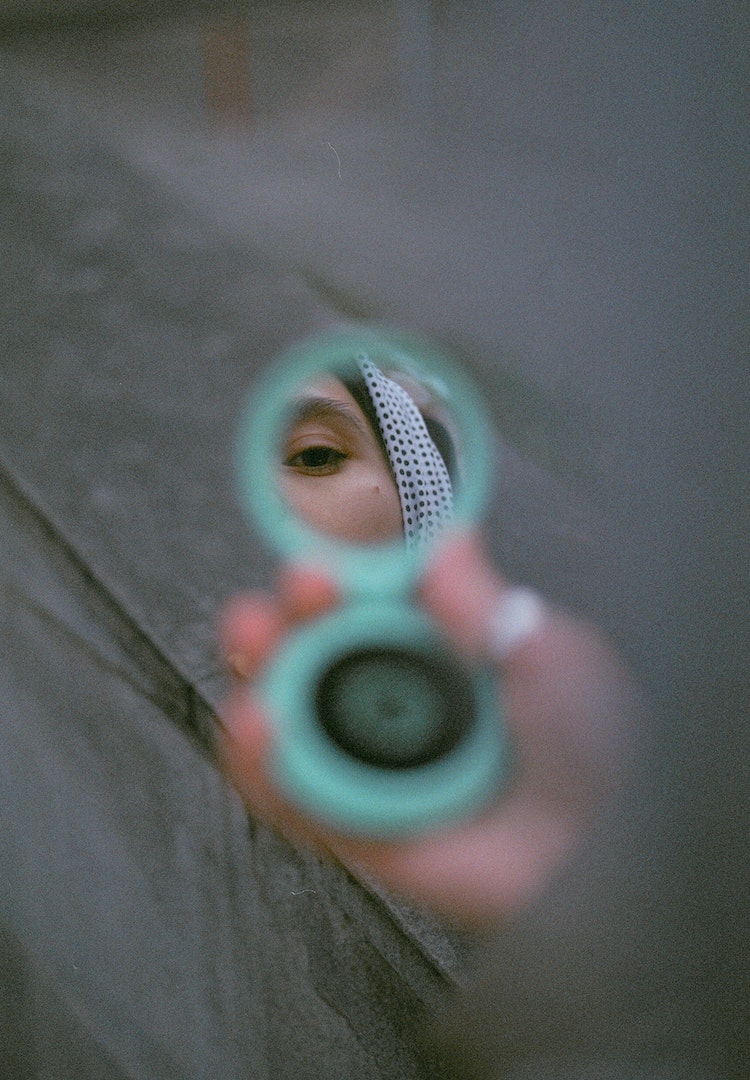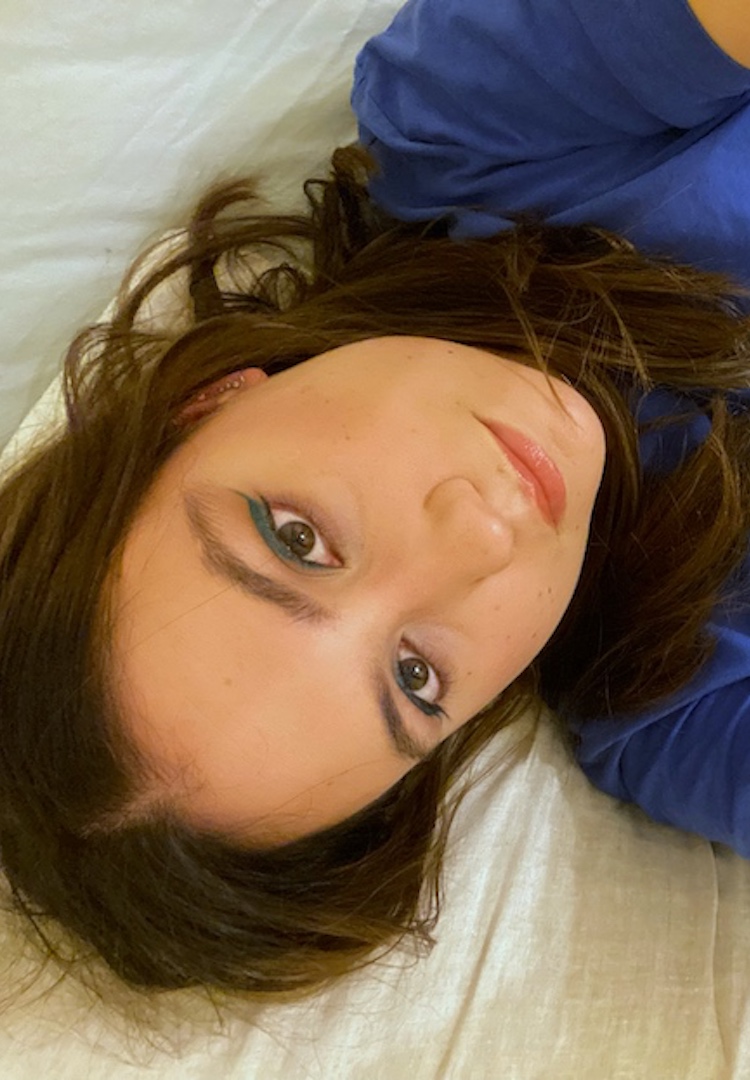I check sunscreens to ensure they comply with Australian laws, here’s what you need to know
IMAGE VIA @MECCAMAX/INSTAGRAM
WORDS BY ALICE JOHNSON
Find the right sunscreen for your skin this summer.
Prior to my current career working in cosmetic compliance, I could be seen most summers rotating around like a rotisserie chicken on the front lawn in a bikini, only to come out looking a little more like Krusty the Crab than a bronzed glamazon. I would spend days by the pool on the hot blazing concrete, too lazy or too tipsy on homemade margaritas to top up my SPF, or sometimes apply it at all.
This was all before I learnt some pretty important fundamental basics about our skin. Your skin is your body’s biggest organ, and like most organs, it’s pretty good at taking care of itself. However, there’s one thing our skin has absolutely no magical powers to do – protect itself from the sun. The most popular question I get asked by friends and family is “Which sunscreen should I be using, and why do I need it?”
We like nosy people. Don’t be shy, head to our Beauty section for more.
I usually start with the hard facts – like how the Melanoma Institute Australia states that skin cancer, in the form of melanoma, is the most common cancer for Australians aged 20 to 39 and the third most common cancer for Australian women. I will then let them know it’s not all bad news for our sunburnt country. We are very lucky that Australia takes our SPF regulation very seriously – but with more regulation often comes more questions from consumers! So if you’re SPF curious, this is for you.
What is SPF?
SPF stands for Sun Protection Factor. It’s essentially the measurement or rating system of which level of UVA and/or UVB protection can be provided by a specific product. UVA refers to ultraviolet A and UVB to ultraviolet B. Both these ultraviolet variations refer to invisible rays of radiation that travel from the sun to earth at varying wavelengths.
UVA is largely recognised to penetrate the skin further, whereas UVB is what we attribute to causing the outer burn we physically see on our skin. However, both UVs are believed to play a part in the eventual development of skin cancer. UVA and UVB are both present all year round, and UVA is that ultra pesky variation of rays we know to pass through windows and glass.
In Australia, all of our products with an SPF rating must undergo extensive testing before determining a rating. The number against an SPF ranking indicates the amount that specific product is protecting you against UV rays. For example, SPF 50 is essentially determined as 50 times more effective at protecting you from harm caused by UV than if you were not to be wearing any SPF at all. When you see the term ‘broad spectrum’ on an Australian SPF product, this means it has been tested to be effective against both UVA and UVB.
How do we regulate SPF in Australia?
Generally speaking, the Therapeutics Good Association (TGA) separates sunscreen products into two categories: primary and secondary. A primary SPF is a product that has the primary function of providing SPF protection. Primary sunscreen will be registered with the TGA to ensure it has been produced in what is known as a good manufacturing practice (GMP) factory, which means specific rules and practices are followed during the manufacturing process.
This ensures legislation is met and the product has undergone specific testing requirements. Secondary sunscreens are products that contain SPF over 15 but do not have a primary function of SPF protection. For example, a foundation or concealer then contains SPF but has the primary function of makeup.
How do I read a sunscreen label?
Right, with all the boring bits out of the way, we can get into what you came here for. We know what all these terms mean now right, but what do they look like on a finished product?
SPF
This I’m sure you’ve been checking since your first pool headstands at a sleepover. But just like I realised when I attempted to do a headstand at a beach club in Bali and pulled my back out, we all need an occasional reminder of what to do. You can figure out the level of SPF you’re dealing with by the indication on the packaging.
Remember, SPF 15 will mean your sunscreen is fifteen times more likely to protect you from rays of harm than no sunscreen at all. Broad spectrum means your product holds the same factor but has been proven to be effective against both UVA and UVB.
If you see ‘SPF 50+’ on a label, that means that the associated SPF rating has been tested and proven to be higher than SPF 50. As our rating system currently stops at 50, it must be listed as SPF 50+ rather than SPF 60. Only sunscreens with SPF 50 and above should use the ‘+’ on the packaging label. Capice?
Primary sunscreens
You’ll be able to tell if you’re dealing with a primary sunscreen if your product is labelled with a five-digit Aust L number. An Aust L number is the code assigned to all products registered with the TGA. The cool part? Once you’ve located your Aust L number (it should be on the front of the packaging), you can then search the ARTG Register to see details like when the SPF was listed, and approved claims associated with the sunscreen!
Secondary sunscreens
When you’re shopping for products like lip care, serums and makeup, this is where you’re most likely to encounter secondary sunscreens. You’ll notice these products will not have an Aust L number.
So which SPF is right for me?
The fabulous thing is if you’ve made it to this section, you’ve now armed yourself with enough knowledge to make this decision yourself! As sunscreen can decrease your chances of developing skin cancer by up to 40 per cent (according to Melanoma Institute Australia) and is proven to reduce signs of ageing and changes in skin tone, it’s always my recommendation to arm yourself with the best defence you can get.
I’ll always opt for secondary products like a tinted primer with SPF when available, but I ensure I back that up with a broad spectrum SPF 50+ on the days I’m in the sun. Remember, the lower the SPF rating, the lower the defence. I always follow the ‘seven teaspoon rule’ – one teaspoon for each area of the body (face, neck, back, legs, arms and torso). If I’m in the sun, I apply it every two hours.
If you’re swimming and opting for a ‘water-resistant’ sunscreen, make sure you follow the directions to a T. These will be the tried and tested guidelines approved to print on packaging to ensure you’re still getting coverage while getting wet. Sunscreen is, of course, just one form of self-defence.
As we learnt from “slip slop slap”, always cover your body when required – whether that be with adequate shade or clothing like UV protection sunglasses. Truly do the most. You can never have too many cute hats.
For some of the best primary and secondary sunscreen products for makeup-wearers, head here.


